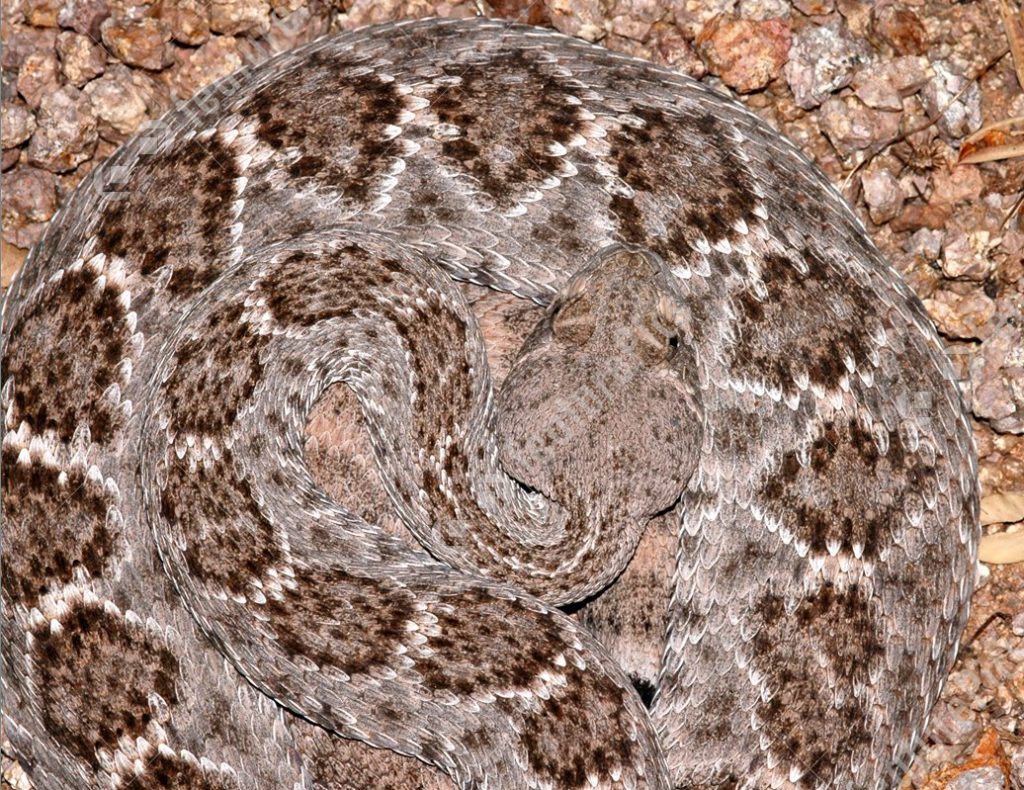As the scorching Texas summer gives way to mellower fall months, rattlesnake season is still in full swing. According to Texas Parks and Wildlife Department (TPWD), Texas is home to 105 different species of snake.
Although most of the rattlesnake season is behind us, Texas has recently seen an uptick in rattlesnake bites. Most notably, two different children were bit in only two days, Austin-Travis County EMS reports. A child was bit on Saturday at Lake Hills Community Park and Pace Bend Park on Sunday. STAR Flight airlifted the Pace Bend patient to a nearby hospital, KXAN reports.
Austin-Travis EMS and the Texas Parks and Wildlife Department advise how to prevent snake bites and treat them. TPWD assures that only 15 out of the 105 species of Texas snake are venomous.
They state that the Western Diamondback is the most common venomous snake to see across the state and can be identified by the “brown, diamond-shaped markings along the middle of the back and alternating black and white rings on the tail.”

TPWD also gives tips on how to avoid rattlesnakes, which is the best protection against bites. They urge homeowners to keep their grass low and clear rocks or brush where snakes could find a hiding spot. Hikers should wear long pants and closed-toe shoes and be careful about staying on marked trails.
Killing rattlesnakes is not necessary, TPWD states, and they will only attack when surprised or provoked.
In the unlikely chance that you or someone else is bitten, call 911 and seek emergency medical help as soon as possible. Wash and clean the bite, and “cover the bite with a clean, dry dressing.” Contrary to some reports, the Austin-Travis EMS says it is essential to try and keep the bite above your heart while laying down.
If faced with a rattlesnake nearby, walk in the opposite direction slowly and never attempt to pick up or grab the snake.


